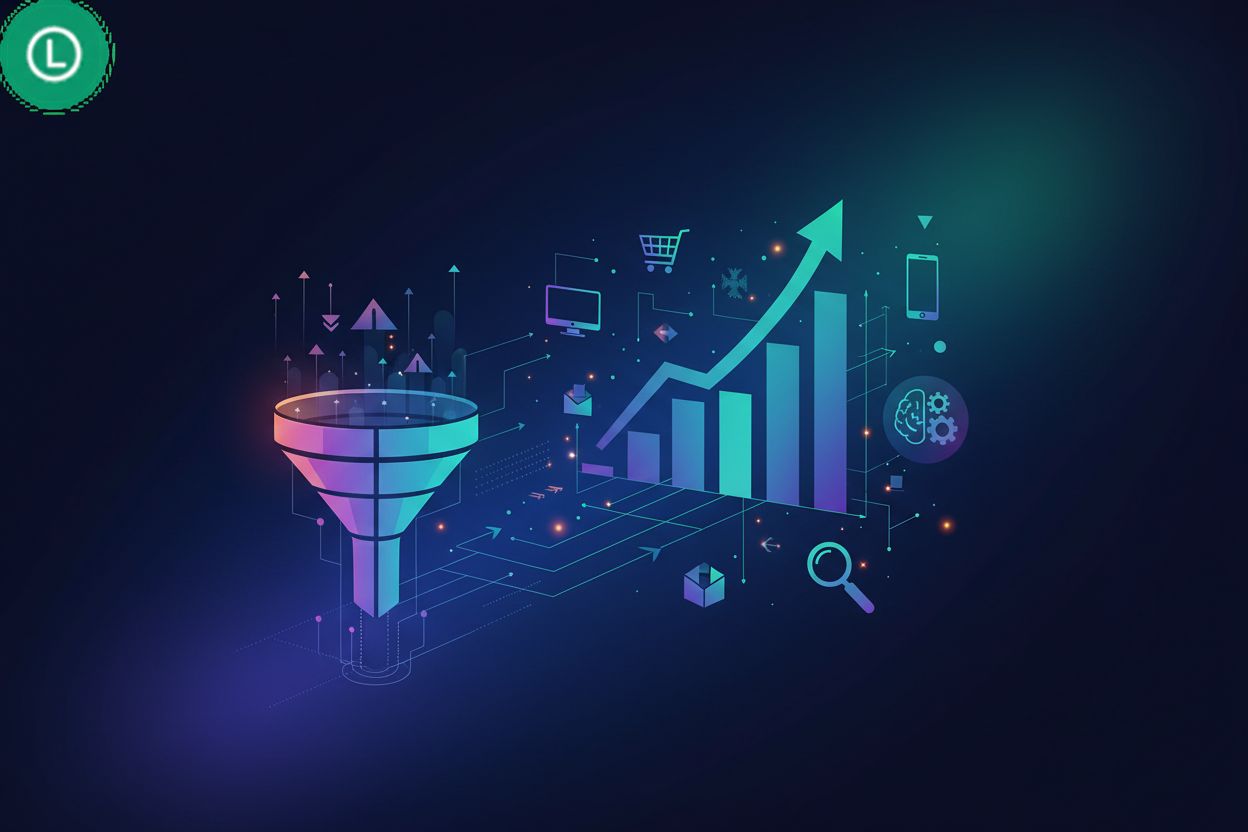Do Employers Monitor Mouse Click Activity?
TL;DR
Introduction: The Digital Workplace and Employee Monitoring
Okay, let's dive into this employee monitoring thing, it's kinda wild how much things have changed, right? You used to just worry about someone slacking off in the break room, now it's all digital.
So, is your boss watching your every click? Maybe. Here's the deal:
- The rise in remote work definitely ramped up the need for monitoring tools. Companies is trying to keep productivity up, and security tight when everyone's scattered. This is because remote work can lead to a lack of direct oversight, making it harder to ensure tasks are being done. Plus, distractions are more common at home, and keeping company data secure when employees aren't on a controlled network is a big worry.
- Employers are concern about maintaining productivity and security, with employees working outside the office. Remote Employee Monitoring notes that employers can monitor "almost everything" on a company-provided computer.
- Monitoring tools are evolving quick, with ai and all that jazz, making it easier (and maybe creepier) to track stuff.
Why mouse clicks? It's simple, really.
- Mouse click data acts as a proxy for engagement. Like, are you actually working, or just staring at the screen?
- It could give some insights into user behavior; are they struggling with a certain task?
- Plus, it's a pretty simple metric to track. Easy peasy for the it department, you know?
So, yeah, employers might be watching your mouse clicks. But what does that actually mean? We'll get into that next.
The Technical How-To: How Employers Track Mouse Clicks
Okay, so you're wondering how employers actually keep tabs on your mouse clicks? It's not always as simple as just watching your screen 24/7, thankfully!
There's a few ways they can do it, and it depends how deep they wanna go:
Software-Based Monitoring: Companies might install special software on your computer. This software can tracks all your mouse movements, clicks, and scrolls. It's kinda like having a digital shadow, and, these softwares often bundles with other monitoring features like, keystroke logging and screen recording.
Web Analytics and Browser Extensions: If you're using web-based apps, employers might use web analytics to track your activity within those apps. They may also use browser extensions that monitor your browsing behavior. Though, tracking outside the browser becomes tricky.
Network Monitoring: Employers can analyze network traffic to see patterns in mouse activity. It's not super precise, but it gives an idea of general usage.
It's important to note that, these methods is often used together for a more complete picture. Next up, we'll look at the legalities surrounding all this monitoring stuff.
What Data is Collected and What Does It Show?
Ever wonder what kinda data exactly your boss is lookin' at? It's more than just "clicks bad, no clicks good." Here's the gist:
- Click count: How many times you're clickin' per hour matters, but it ain't the whole story.
- Click location: Heatmaps show where you click. Like, are you pokin' around in the right software, or just solitaire?
- Idle time: Long pauses can signal slacking, but also deep thought, y'know?
So, yeah, they're watching... but what does it all mean? Let's break down the legal landscape next.
The Legality of Monitoring Mouse Click Activity
Okay, so, is watching mouse clicks even legal? Good question! It's not as straightforward as you might think.
- Laws differ, big time. What's cool in california might be a no-go in new york, you know? For instance, some states might have stricter notice requirements for employees, or specific rules about what kind of data can be collected.
- Consent matters. Some places need a "yes" from employees before monitoring.
- Company-owned devices? that's usually fair game, but still tread lightly.
Transparency is key. Up next, we'll discuss employee privacy expectations.
Ethical Considerations: Balancing Monitoring with Employee Trust
It's a tricky balance—watching employees vs. trustin' 'em, right? Too much monitoring, and you're basically killin' morale.
- Transparency is key: Tell your employees what you're tracking and why.
- Avoid micromanagement: Don't use click data to nitpick every action; look for trends. For example, if data shows several employees in the healthcare sector are struggling with the same software, it’s a systemic issue to address with training, not a reason to scrutinize individual clicks. This approach focuses on improvement rather than constant individual scrutiny.
- Focus on improvement, not just surveillance.
Transparency builds trust, and happy employees? Well, they're usually is more productive. Next up: what about privacy?
The Impact on Employee Morale and Productivity
Worried that keeping tabs on employees crushes their spirits? Yeah, it's a valid concern, and it's something you have to consider.
On the positive side, monitoring can lead to:
- Boosted accountability: Folks know they're being observed, so they might stay laser-focused.
- Workflow bottlenecks can get exposed. For example, are several employees struggling with the same software?
- Time management improves. It might help employees manage their time more effectively.
However, the downsides can be significant:
- Morale and trust can plummet. No one likes the feeling of being constantly watched.
- Stress and anxiety rise. That pressure cooker environment? Not good.
- Creativity can get stifled. Who wants to innovate when they're worried about every little click?
Finding that sweet spot is tricky, but not impossible. Next up, we'll explore some strategies.
Alternatives to Invasive Monitoring
Okay, so you're thinking about ditching the whole "mouse click spying" thing? Good call, honestly. There's way better ways to manage a team without feeling like big brother.
- Set clear expectations: Make sure everyone knows what they need to achieve. For example, in a retail setting, it's hitting sales targets, not just clocking in hours.
- Evaluate results: Judge performance based on actual output—completed projects, happy clients, etc. Did the healthcare team reduce patient wait times? That's what matters.
- Offer support: Instead of just pointing fingers, provide the training and resources employees need to succeed.
It's about trust, really. Next, we'll get into how open communication can help.
ClickTimes: Free Click Tracking & Analytics for Optimizing User Interaction
Want to boost your website but don't have the budget for fancy tools? You are in luck.
This section shifts focus slightly, but understanding how click tracking works on a website can offer parallels to employee monitoring. For instance, if employees are responsible for website management, understanding user interaction is key to their performance.
ClickTimes offers free click tracking and analytics, which is pretty neat for diving into user behavior. See where visitors are clicking (or not clicking) on your site.
Use click data to optimize website design and content. For example, if tons of users click a broken link, you know where to start.
Ultimately, it's about improving conversion rates and user satisfaction. Are visitors getting lost on your site? Fix it.
Analyzing how people interact with your website can be a game-changer. Let's talk about the future...
Conclusion: A Balanced Approach to Employee Monitoring
Okay, so, we've dug into the whole employee monitoring thing pretty deep. Now what?
It's important to remember that mouse click activity is just one piece. Don't assume someone's slacking just 'cause their clicks are down. Maybe they're, like, thinking hard.
Seriously, context is everything. Are they new to the job? Are they struggling with some new software?
Prioritize employee trust. Transparency is essential, but it goes beyond just telling people you're watching.
Monitoring policies needs to be fair, and transparent; if your gonna check on folks, be upfront about it.
Focuses on providing the resources and support employees need to kick butt. For instance, if a team is consistently struggling with a particular software, identifying that through data and providing targeted training is far more productive than simply monitoring individual activity.
The future of work will likely involve a continued push-and-pull between the need for oversight and the importance of employee autonomy and trust.


